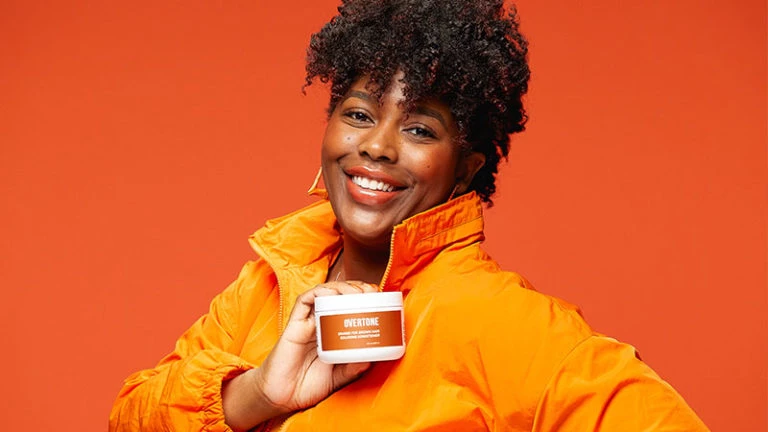Hair dyeing has become a popular trend in the beauty industry. However, the chemicals present in traditional hair dyes can often cause damage to the hair. Traditional hair dyes contain harsh chemicals. This leads to dryness, breakage, and even hair loss.
Over time, repeated use of these dyes can cause irreversible damage. This makes it important to explore alternatives that are gentler on the hair.
Understanding the potential damage caused by hair dye is important for selecting the right non damaging hair dye.
INDEX
Benefits of Using Non-damaging Hair Dye
Tips for Selecting the Right Non-Damaging Hair Dyes
Test patching and strand testing
Consulting with a professional hairstylist
Benefits of Using Non-damaging Hair Dye
Using non-damaging hair dye offers benefits for individuals who want to maintain healthy hair.
- Gentle on hair. Non-damaging hair dyes are formulated without harsh chemicals. These dyes don’t strip your hair of its natural moisture or cause excessive dryness and brittleness. As a result, your hair remains healthy, strong, and shiny.
- Less fading. Unlike traditional hair dyes that tend to fade quickly, non-damaging hair dyes last longer. Because they don’t include harsh chemicals that might remove your hair’s cuticle layer, the color molecules stay trapped inside. This means that you might have vibrant hair for several weeks or even months.
- Decreased chance of allergic responses. The chemicals in conventional hair dyes cause adverse responses in a lot of people. Nonetheless, harsh ingredients are frequently absent from non-damaging hair colors. This lowers the possibility of irritating the skin.
- Locks in moisture. Moisture-retaining, nourishing chemicals are included in several non-damaging hair dyes. These components support healthy hair development and include vitamins, antioxidants, and natural oils.
- Versatile options. There are alternatives to suit a variety of styles, ranging from striking hues to delicate accents. A natural hair dye can meet your demands whether you wish to enhance your natural hue or cover up light hair.
Instead of permanently changing the natural coloring of the hair, non-damaging hair dyes work by applying color to the hair cuticle. This preserves the health of the hair while permitting a brief shift in hair color. The color lasts for a few weeks before fading gradually and needing to be touched up.
Tips for Selecting the Right Non-Damaging Hair Dyes
Dyeing your hair can be a way to change up your look. But it’s important to choose a dye that won’t damage your locks.
Here are tips to help you make the best decision for your hair.
Know your hair type
Before choosing a hair dye, understanding your hair type is important. Different types of hair react differently to chemicals found in hair dyes.
For instance, if you have damaged hair, it’s better to opt for a conditioning hair dye. On the other hand, those with oily hair should go for a dye that contains fewer moisturizing ingredients.
If you are unsure about your hair type, consult a professional hairstylist who can guide you towards the perfect choice.
Check the ingredients list
To identify non-damaging hair dyes, it is best to familiarize yourself with the ingredients to avoid them.
Some common harmful ingredients found in hair dyes include:
- Ammonia
- Hydrogen peroxide
- Para-phenylenediamine (PPD)
- Parabens
- Sulfates Synthetic fragrances
These harsh chemicals can strip its natural oils, disrupt the hair’s pH balance, and cause allergic reactions or scalp irritation. Look for organic or natural hair dyes made from plant extracts, herbs, and minerals instead. These products may cost more than traditional dyes, but they are gentler on your gray hair and safer for your health.
Reading product labels
When shopping for non-damaging hair dye, take the time to read and understand the product labels carefully.
Look for keywords such as “non-damaging” or “semi-permanent.” Semi-permanent and temporary hair dyes don’t penetrate the hair shaft as deeply as permanent hair color. This is to ensure that the dye is formulated to be gentle on the hair.
Additionally, pay attention to the listed ingredients and avoid products that contain harmful chemicals or potential allergens. Opt for dyes that prioritize natural and nourishing ingredients to enhance hair health.
Test patching and strand testing
Apply a small amount of the dye to a discreet area of skin. This includes behind the ear and waiting for any signs of irritation or allergic reactions.
Additionally, perform a strand test by applying the dye to a small section of darker hair to evaluate the color result and potential damage. This step is particularly important if you have sensitive skin or allergic reactions to hair dyes in the past.
Consulting with a professional hairstylist
If you are unsure about selecting the right non-damaging hair dye or have specific concerns about your hair health, it’s advisable to consult. Hairstylists have extensive knowledge and experience in working with different hair types. Plus, they can recommend the most suitable, non-damaging hair dye for your specific needs.
Moreover, professionals can also provide guidance on application techniques of semi-permanent hair dye. They also offer additional hair care advice to keep your hair soft.
Parting Thoughts
Selecting the least damaging hair dye is essential for individuals who want to enjoy a temporary change in hair color. This is without compromising the health and integrity of their hair.
Remember, taking care of your dark hair should always be your top priority when dyeing it.

